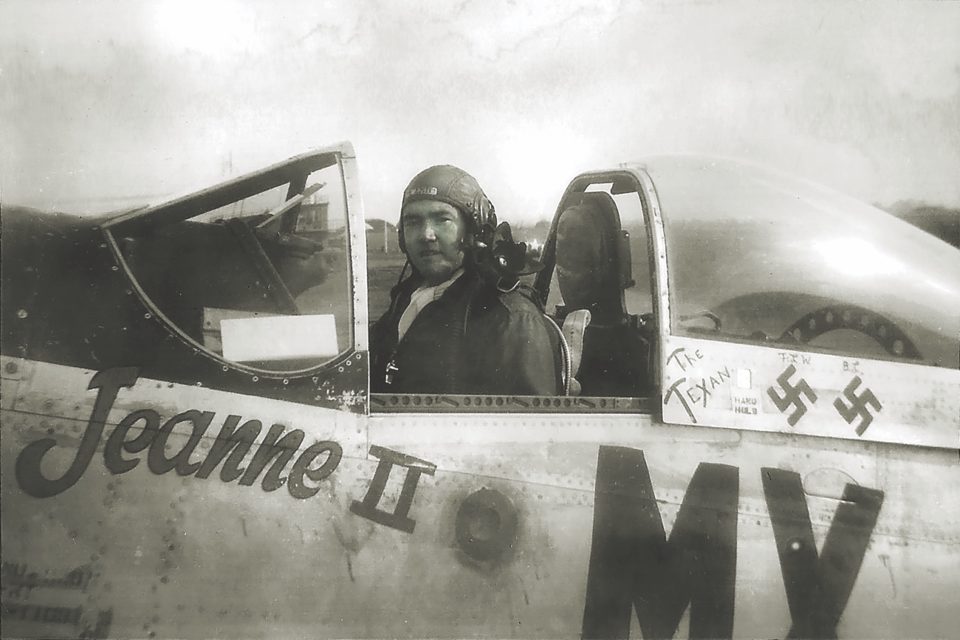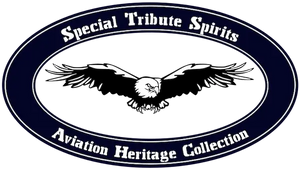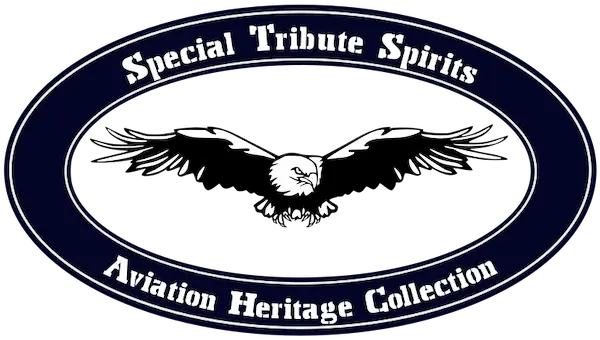
The 7 Greatest Fighter Planes Of WW2
The Sky As A Battleground
In the 1940s, the skies became the defining arena of modern warfare. Engineers and aviators alike pushed technology to its limits, crafting aircraft that fused speed, resilience, and courage in equal measure. Across Europe and the Pacific, these machines rewrote the laws of aerial combat.
The story of WW2 American fighter planes is one of invention meeting necessity. With the world engulfed in conflict, these aircraft embodied not only technical brilliance but also the indomitable spirit of the men who flew them. Here are seven of the greatest fighter planes of WW2, warbirds whose shadows still stretch across history’s skies.
Curtiss P-40 “Sharkmouth”: The Icon of the Flying Tigers

Few 1940s planes captured the imagination like the Curtiss P-40. Painted with the famous snarling “sharkmouth” that gave enemy pilots pause, the P-40 earned its legend with the American Volunteer Group (known to history as the Flying Tigers) composed of U.S. Army, Navy, and Marine Corps pilots serving under Chinese command just before America’s entry into World War II. Though they arrived in China months before Pearl Harbor, their first combat missions began only days after it, when the world had suddenly changed.
The P-40 was not the fastest or the most agile, but it was rugged, reliable, and deadly in the hands of skilled aviators. Its Allison V-1710 engine powered daring low-altitude strikes and ground attacks, often against superior enemy aircraft. What it lacked in refinement, it made up for in attitude. The Sharkmouth became a symbol of grit, a warbird that fought above its weight and carried the hopes of a world on edge.
Boeing B-17F “Memphis Belle”: The Spirit of Endurance

Among WW2 American bombers, none is more storied than the Boeing B-17F “Memphis Belle.” With its crew of ten (eleven, counting mascot Stuka the Scottish Terrier) and four roaring Wright Cyclone engines, it represented courage under unrelenting fire. The Belle became one of the first heavy bombers to complete 25 missions over occupied Europe without the loss of a crew member, a feat that turned the Flying Fortress into a national icon.

Its missions were perilous. Daylight bombing meant facing German fighters and flak head-on, often without adequate fighter escort. But when the Memphis Belle aircraft touched down safely after its final sortie, it symbolized the endurance of Allied airmen.
North American P-51 “Etta Jeanne II” and P-51D “Little Coquette”: Elegance and Lethality

If one aircraft deserves the title best fighter aircraft of WW2, it may well be the North American P-51 Mustang. With a range that outstripped virtually all other Allied fighters of its time, the P-51 could escort bombers deep into enemy territory and still outfight German Messerschmitts and Fw 190s. Its design was a marriage of engineering elegance and battlefield necessity: long-range, high-speed, impeccably responsive.

It was also the plane of the Tuskegee Airmen, the pioneering African-American pilots whose bravery helped shatter barriers both in the air and on the ground. When those who appreciate aviation and military history ask questions like, “What planes did the Tuskegee Airmen fly?”, the answer carries weight: they flew Mustangs—sleek, defiant, and destined for greatness.
Even decades later, few silhouettes stir the soul quite like that of a P-51 slicing through the sky, its polished frame glinting in the sun. It was a machine that fought like a symphony: deadly, graceful, and utterly unforgettable.
Vought F4U Corsair: The Bent-Wing Warrior

The Vought F4U Corsair was the Navy’s muscular answer to aerial supremacy in the Pacific. With its distinctive inverted gull wings and thunderous Pratt & Whitney R-2800 engine, it was both a marvel and a menace.
Initially rejected for carrier use, the Corsair found its footing with Marine pilots on island airstrips. In the hands of men like Pappy Boyington and his “Black Sheep Squadron,” it became one of the most feared World War 2 Marine aircraft. Its kill-to-loss ratio was among the highest of any Allied plane, and Japanese pilots came to dread its sight.
The Corsair’s legend endured beyond 1945. It flew in the Korean War as well, cementing its place as one of the top WW2 fighter planes ever built.
Lockheed P-38 Lightning: Twin Tails, Twin Legends

With its unmistakable twin booms and central nacelle, the Lockheed P-38 Lightning looked like something from the future. Fast, long-ranged, and heavily armed, it was the Swiss Army knife of WW2 American fighter planes—a reconnaissance scout, bomber escort, and interceptor all in one.
The P-38 was flown by America’s top ace, Richard Bong, and famously used in the mission that downed Japanese Admiral Isoroku Yamamoto. Its twin engines offered both power and security. Even if disaster struck, pilots could still limp home on one.
Among 1940s airplanes, the P-38 remains unique as a beautiful fusion of artistry and innovation. Even on the ground, it looks ready to leap skyward.
Boeing B-29 Superfortress: The Technological Titan

As the war neared its end, the Boeing B-29 Superfortress represented the pinnacle of 1940s engineering. Pressurized cabins, remote-controlled gun turrets, and an enormous wingspan made it unlike anything that had come before.
The B-29 was leaps ahead of other aircraft; flying higher, faster, and farther, and fully capable of striking Japan from Pacific island bases with precision. The B-29’s legacy is complex, marked by both awe and sorrow: it carried the atomic bombs that ended the war but also ushered humanity into a sobering new age.
Still, as a machine, it remains one of the best WW2 aircraft, a technological bridge between the propeller age and the jet age that followed.
Legacy of the Warbirds
By 1945, aviation had advanced more in five years than in the previous three decades. These warbirds of World War 2 represented not just machines of destruction but symbols of innovation, unity, and courage.
Each aircraft, from the P-40’s defiant roar to the B-29’s calculated precision, reflected a generation’s determination to preserve freedom through flight. As we look back on these 1940s planes, we see more than rivets and wings. We see the spirit of every aviator: daring, resilient, and free.
Honoring the Spirit of the Skies

At Special Tribute Spirits, we honor the valor and ingenuity that defined the airmen and aircraft of World War II. Our creations celebrate that same spirit of craft, courage, and country.
For those who admire aviation memorabilia, cherish the WW2 aviator’s legacy, or simply raise a glass to history’s heroes, we invite you to explore our collection. Every bottle is a salute to the past and a toast to the sky.


